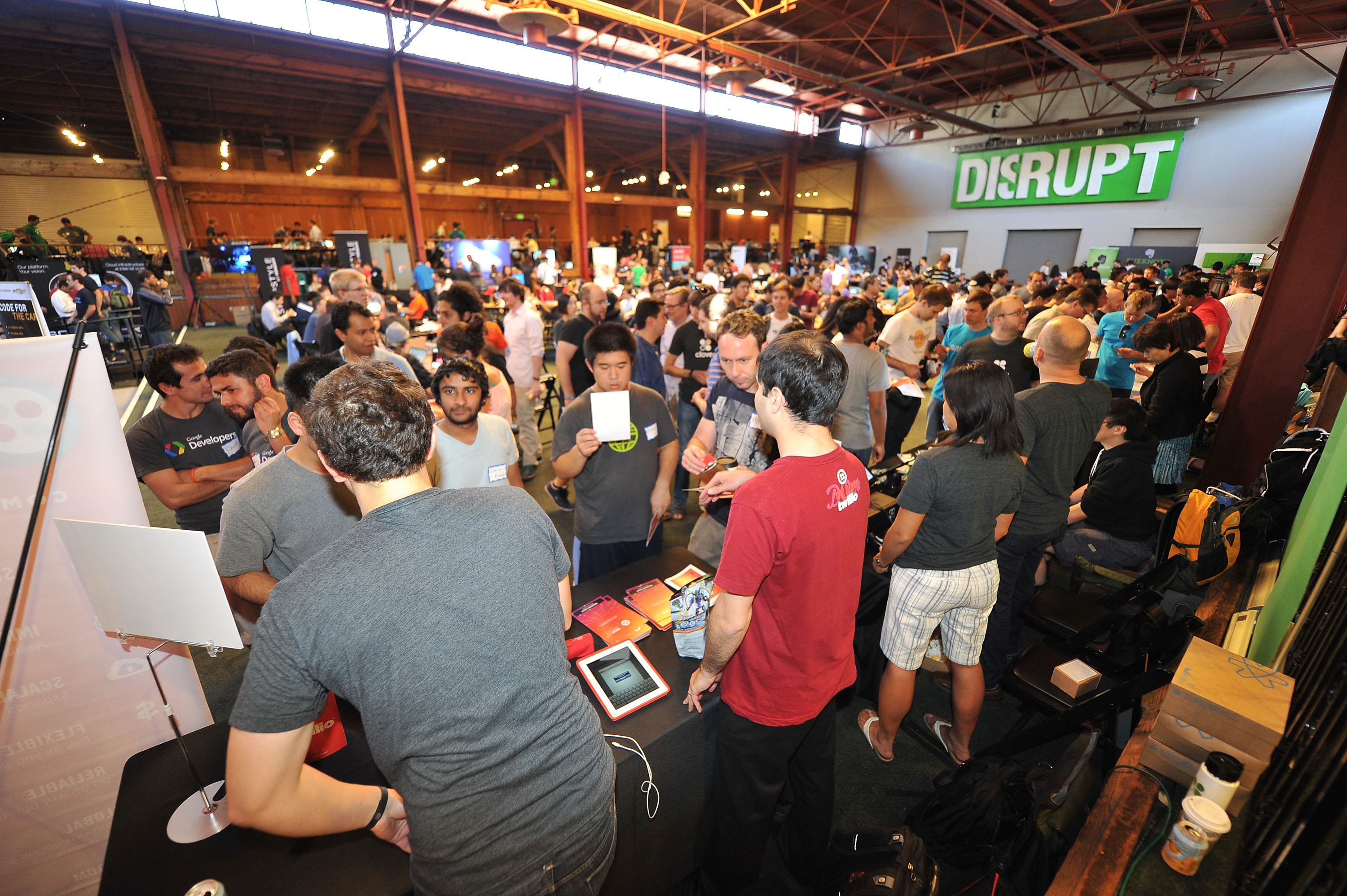Weekly Roundup is a McNair Center series compiling and summarizing the week’s most important Entrepreneurship and Innovation news.
Here is what you need to know about entrepreneurship this week:
The International Entrepreneur Rule: The US Startup Visa
Ramee Saleh, Research Assistant, McNair Center for Entrepreneurship
During the last days of the Obama Administration, the United States Citizenship and Immigration Services (USCIS) passed the International Entrepreneur Rule. The legislation intends to attract international entrepreneurs to the U.S. by granting them “discretionary parole.”
Under the rule, entrepreneurs can apply for temporary five year visas, as long as they partially own a startup that has received at least $250,000 in VC funding from “established U.S. investors” or $100,000 from “government entities.” If a startup fails to meet these funding requirements, the applicant must prove that a “significant public benefit” would result from the his or her entry into the United States. Due to the strict standards, the Department of Homeland Security estimates the program to admit only 2,940 entrepreneurs annually.
Scheduled to go into effect July 17, the International Entrepreneur Rule is still subject to change by any reforms to the H-1B visa program by the Trump Administration.
With $6B in Deals in 2016, ID Management Is a Hot Sector You May Have Missed
Joanna Glasner, Contributor, TechCrunch
In 2016, startups involved in identity management collectively claimed over $6 billion in acquisitions from private equity buyers. Identity management startups also experienced successful funding rounds, raising over $200 million from VCs. These startups are responding to a growing need for improvements in health care IT and authentication. Last year,ECRI Institute, a global nonprofit focused on patient safety, listed “patient identification errors” as the second most important safety concern for health care organizations.
TechCrunch’s Glasner highlights tech unicorn Otka, an identification management and authentication platform provider, that has raised over $200 million from VCs. Otka is considering going public this year.
Lawmakers Try to Stop State-Sponsored Retirement Plans
Anne Tergese, Reporter, The Wall Street Journal
Last week, Republican Congressmen introduced measures to prevent small businesses from automatically enrolling employees in state or locally sponsored retirement plans. The bill comes as several states have enacted retirement savings programs that automatically deduct earnings from employee’s paychecks for deposit into individual retirement accounts.
These programs only affect residents who do not have access to a workplace retirement plan; AARP estimates that this number stands at 55 million people nationwide by. AARP executive vice president Nancy LeaMond has publicly stated that Congress should take steps to support, rather than end, these state savings programs.
Supporters of the bill believe that state-sponsored retirement plans “discourage small businesses from offering private-sector plans” by forcing employees “into government-run plans with fewer protections and less control over their hard-earned savings.”
Banks Are Finally Sprouting Anew in America
Rachel Witkowski, Reporter, The Wall Street Journal
In the past few months, the Federal Deposit Insurance Corporation received the greatest volume of applications for “startup banks” since the financial crisis.The increase reflects an improving economy and expectations for future deregulation of the financial sector.
Startup, or “community,” banks are traditionally viewed as banks that hold less than $1 billion in assets. According to Q3 FDIC data from last year, community banks are responsible for 43% of loans to small businesses. The Wall Street Journal’s Witkowski reports that many community bankers believe that “the decline in the number of banks has led to fewer lending options for startups and small businesses.” Supporters of deregulation believe that greater numbers of community banks spur economic growth and job creation.
Don’t Panic Labs Pioneers “Dev-for-Equity” Model to Help Startups
Christine McGuigan, Reporter, Silicon Prairie News
Don’t Panic Labs is an offshoot of the engineering arm of successful VC fund, Nebraska Global. Don’t Panic Labs adopts a “dev-for-equity” model, assisting startups and entrepreneurs with software and product development in return for company equity. The firm also provides software development services for publicly traded companies that do not require capital investment.
Despite serving established companies, Bill Udell, Integrator for Don’t Panic Labs, told Silicon Prairie News that the firm’s “DNA is in creating startup companies.” In 2016, the firm poured $396,000 of dev-for-equity investment into startups. Don’t Panic Lab focuses on product development and training for its clients’ in-house software engineers.
PitchBook Brings Company Financial Data to Its Mobile App
John Mannes, Writer, TechCrunch
MorningStar, Chicago-based investment research and management firm, acquired PitchBook in 2016. Pitchbook is an industry leader in providing investors with up-to-date coverage of VC, PE and M&A transactions. According TechCrunch’s Mannes, PitchBook, although known for its comprehensive coverage of tech firms, is also increasingly expanding its database to include coverage on non-tech companies as well.
PitchBook recently announced plans to add financial data for 226,000 private companies to its mobile app. The update will provide the database’s 7,000 active members with previously unavailable insight into the financials and revenue figures of private companies.
And in startup news…
Ford to Invest $1 Billion in Artificial Intelligence Start-Up
Mike Isac, technology reporter based in The Times’s San Francisco bureau, and Neal E. Boudette, Reporter, The New York Times
Many automakers are hoping to achieve some of the success that many Silicon Valley startups have found by investing in autonomous vehicle technology and ride-hailing services. Ford recently announced that it will invest $1B in Argo AI, startup focused on utilizing artificial intelligence to develop self-driving cars. Mark Fields, president and CEO of Ford, told reporters last week that the automaker hopes to become “part of the ecosystem of Silicon Valley.”
With the rise in popularity of “mobility services,” car ownership is growing increasingly unnecessary for consumers living in urban centers. Ford’s move suggests an industry-wide shift in strategy, as traditional automakers must adapt to shifting consumer attitudes. For instance, last year General Motors invested $500 million in ride-hailing startup, Lyft, and acquired Cruise Automation, a startup geared toward developing roadway technologies that support autonomous vehicles.
Fields explains the motives behind Ford’s investment: “If we can combine the best of a start-up and marry that with proper equity compensation, then that’s the best of both worlds.”





 Within five years, 76.6% of released prisoners were rearrested.
Within five years, 76.6% of released prisoners were rearrested.





